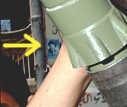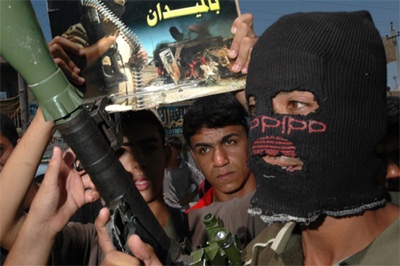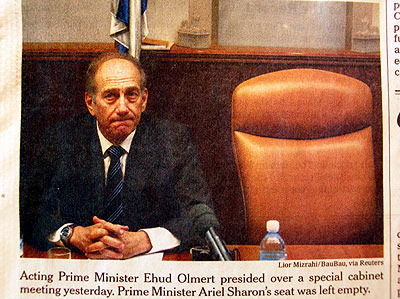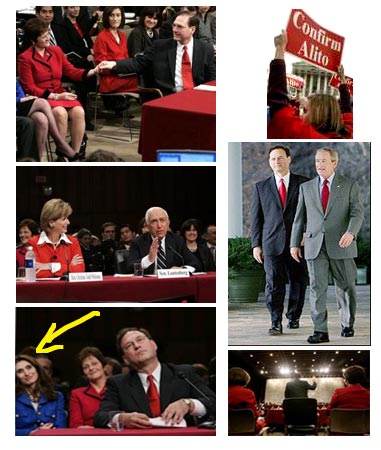Notes
Every Child You Meet Is Named Muktada
I first became aware of photojournalists Kael Alford and Rita Leistner about a year ago through a website called Iraq Uncensored. (Last February, I also profiled one of Kael’s insightful images — of an Iraqi bride.) Given their recent attention throughout the progressive blogosphere, I’m assuming you know that Kael, Rita, Thorne Anderson and Ghaith Abdul-Ahad have published Unembedded: Four Independent Photojournalists on the War in Iraq. The publication documents their images and reports from Iraq, offering a wider and broader impression of the conflict than what passed through the MSM filter.
Over the next few weeks, The BAG hopes to present several images by these photographers. You may have already seen them elsewhere — but not with the kind ofemphasis on the photo that you find here. (Along those lines, Kael and Rita have also graciously offered a “best effort” to follow the discussion and respond to questions.)
It was Spring of ’04 when these photographers came together — just before American forces engaged the Mahdi Army in the Siege of Najaf. Rita had actually been abducted by insurgents that April and Ghaith had been injured in a firefight the previous September so working as a team made sense. As it turned out, these photographers found themselves with access to the Mahdi Army and the battle with al-Sadr’s forces that few other journalists had.
Rita provides this background on the image:
I took this photograph on Aug. 6, 2004, in Sadr City, a sprawling slum on the outskirts of Baghdad of two million poor and disenfranchised Shiite Muslims. They name their neighbourhood after the father of Muktada al-Sadr, the young rebel cleric at the head of the Mahdi Army. We call them insurgents, but they call themselves “the resistance to the American Occupation.” Muktada’s image is everywhere. (You can see him in this photograph with his round face and turban on a poster in the distance on the far left side of the frame.) Almost every newborn male child you meet in Sadr City these days is named Muktada.

Notice the professional quality of the recruitment poster the young fighters are holding up. The elements of the poster are carefully constructed morale-boosters. The text in yellow is a call to arms – “To battle!” – and the rest of the poster is meant to instill courage and optimism in the recruits. It is significant that the fighter’s machine gun in the poster is overflowing with bullets, showing there is no shortage of ammunition.
But most important is the projection that the Americans are not indestructible and that they are not in control of the situation, symbolized by the destroyed American Humvee in the background, probably the victim of an IED, or improvised explosive devices, often buried in asphalt or camouflaged in street detritus.
The boys in the photograph are a reflection of the sentiments in the poster, brandishing their weapons for my camera (and my western audience). The boy in the makeshift Adidas balaclava is holding a Russian-made RPG-7, capable of disabling a light-skinned vehicle, like the Humvee in the poster. What the boys may not have yet known is that an RPG is not an effective weapon against the new heavier armour of American tanks and Bradleys.
I doubt the teenager holding the RPG, the one with the boyish fuzz on his sweaty upper lip, even knew how to use the weapon effectively. These awkward, maturing adolescents with their lack of training remind me more of my 15-year-old nephew in Toronto than of the young American soldiers I was embedded with in the spring and summer of 2003. They were fighting older men’s battles by day, and playing boys’ video games by night (or wishing they were). They were someone’s children. How did they become willing to die fighting?
Purchase Unembedded.
Contact Unembedded photographers regarding prints.
Donate to the traveling exhibition.
(image: Rita Leistner. Aug. 6, 2004. Sadr City, Iraq. Adapted from The Toronto Star. Published November 27, 2005.)



Reactions
Comments Powered by Disqus